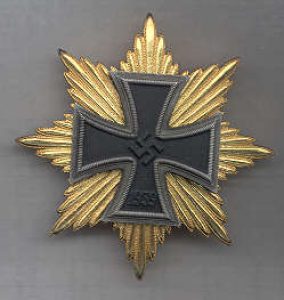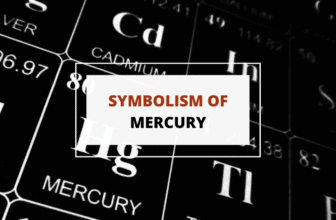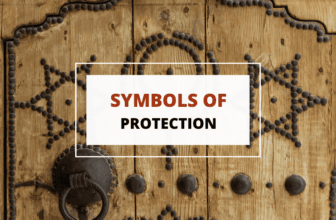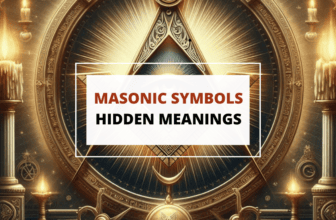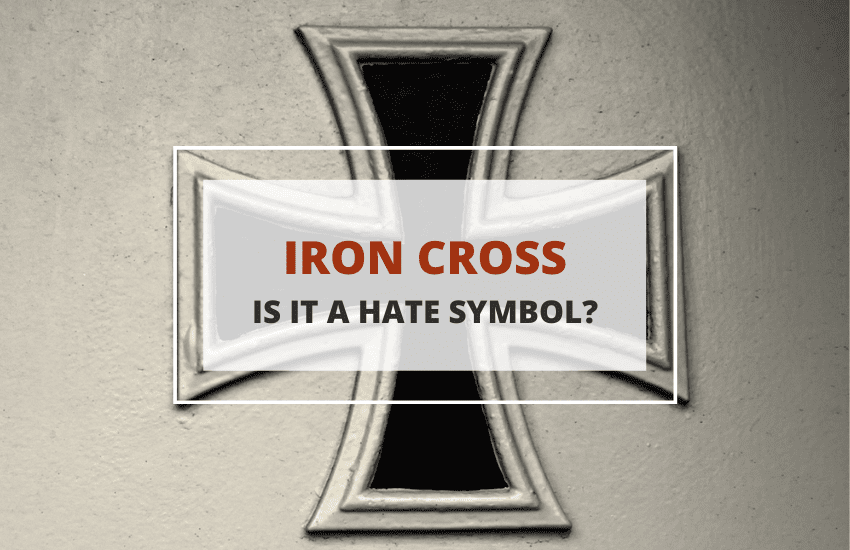
If you poll a dozen people about their opinion of the Iron Cross you’ll probably get a dozen different answers. That’s hardly surprising given that it was used by the German army throughout the 19th century as well as in both World Wars and was a prominent Nazi symbol together with the swastika.
Yet, the Iron Cross’ status as a “hate symbol” is disputed today with many arguing that it doesn’t deserve the public’s scorn in much the same way as the swastika. There are even clothing companies today that use the Iron Cross as their logo. This puts the symbol’s reputation in a sort of purgatory status – some still look at it with suspicion while for others it is fully rehabilitated.
What Does the Iron Cross Look Like?
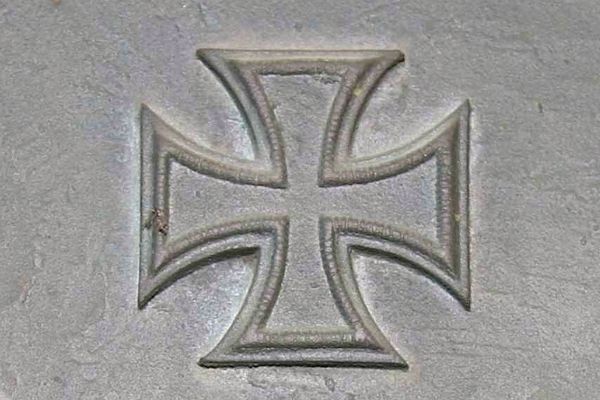
The Iron Cross’ appearance is quite recognizable – a standard and symmetrical black cross with four identical arms that are narrow near the center and grow wide toward their ends. The cross also has a white or silver outline. The shape makes the cross suitable for medallions and medals which Is how it was often used.
What Are the Origins of The Iron Cross?
The Iron Cross’ origins don’t originate from the ancient Germanic or Norse mythologies like many of the other symbols we associate with Nazi Germany. Instead, it was first used as a military decoration in the Kingdom of Prussia, i.e., Germany, in the 18th and 19th centuries.
More precisely, the cross was established as a military symbol by King Frederick William III of Prussia on 17 March 1813, well into the 19th century. This was during the height of the Napoleonic Wars and the cross was used as an award for Prussia’s war heroes. The first person to be given the Iron Cross, however, was King Frederick’s late wife, Queen Louise who had passed away in 1810 at the young age of 34.
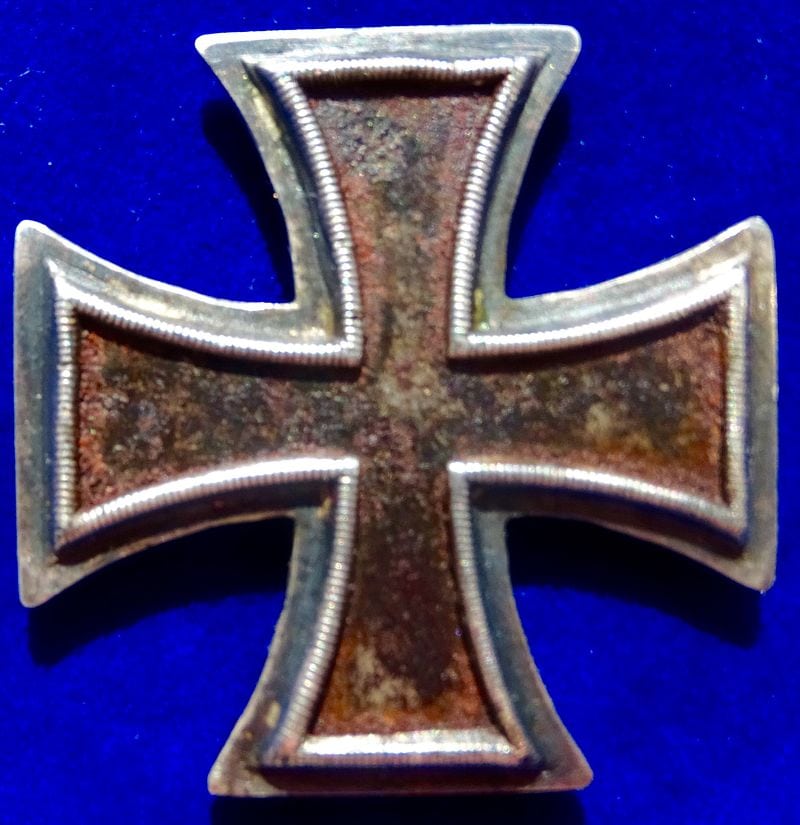
The cross was given to her posthumously as both the king and all of Prussia were still mourning the loss of the queen. She was beloved by everyone during her time and was called The Soul of National Virtue for her many deeds as a ruler, including meeting with the French Emperor Napoleon I and pleading for peace. Even Napoleon himself would remark after her death that the Prussian king has lost his best minister.
If this is how the Iron Cross was first used, does it mean that it wasn’t based on anything else originally?
Not really.
The Iron Cross is said to be based on the cross pattée symbol, a type of Christian cross, of the knights of the Teutonic Order – a Catholic order founded in the late 12th and 13th centuries in Jerusalem. The cross pattée looked almost exactly like the Iron Cross but without its signature white or silver borders.
After the Napoleonic Wars, the Iron Cross continued to be used in subsequent conflicts during the era of the German Empire (1871 to 1918), the First World War, as well as in Nazi Germany.
The Iron Cross and the Two World Wars
Few things can soil a symbol’s image and reputation as comprehensively as Nazism. The Wehrmacht even used Queen Louise as propaganda by establishing the Queen Louise League in the 1920s and portraying the late queen as the ideal German woman.
The First World War didn’t have that much of a disastrous effect on the cross’ reputation as it was used in the same manner as before – as a military symbol for medals and other awards.
During the Second World War, however, Hitler began using the cross in conjunction with the swastika by placing the swastika within the iron cross.
With the horrors perpetrated by the Nazis during WWII, the Iron Cross was quickly deemed a hate symbol by many international organizations right alongside the swastika.
The Iron Cross Today
The Iron Cross medal with a swastika in its center was discontinued quickly after World War II. Nevertheless, white supremacists and neo-nazis across the world continued using it either covertly or out in the open.
In the meantime, the Bundeswehr – the armed forces of the post-war Federal Republic of Germany – began using a new version of the Iron Cross as the new official symbol of the army. That version didn’t have a swastika anywhere near it and the white/silvery border was removed from the four outer edges of the cross’ arms. This version of the Iron Cross wasn’t seen as a hate symbol.
Another military symbol that also replaced the Iron Cross was the Balkenkreuz – that cross-type symbol was in use during WWII too but wasn’t deemed a hate symbol as it wasn’t stained with swastikas. The original Iron Cross is still viewed negatively in Germany, however, and throughout most of the rest of the world.
One interesting exception is the US where the Iron Cross didn’t get as bad of a reputation. Instead, it was adopted by multiple biker organizations and later on – skateboarders and other extreme sport enthusiastic groups. Both for the bikers and for most others, the Iron Cross was used predominantly as a rebellious symbol thanks to its shock value. It doesn’t seem to be directly associated with neo-Nazi sentiments in the US although crypto Nazi groups most probably still appreciate and use the symbol as well.
Still, the more liberal use of the Iron Cross in the US has somewhat rehabilitated the symbol’s reputation. So much so that there are even commercial brands for clothing and sports goods that use the Iron Cross – without any swastikas on it, of course. Often, when used in that way, the symbol gets called “the Prussian Iron Cross” to differentiate it from Nazism.
Unfortunately, the taint of the Third Reich remains to an extent even in the US. While redeeming symbols like the Iron Cross is great as they weren’t originally used to spread hate, it’s a slow and difficult process as hate groups continue using them anyway. In that way, the rehabilitation of the Iron Cross unintentionally provides cover for crypto nazi and white nationalist groups and their propaganda. So, it remains to be seen how the public image of the Iron Cross will change in the near future.
In Brief
The reasons for the controversies surrounding the Iron Cross are obvious. Any symbol associated with Hitler’s Nazi regime will draw the public’s outrage. Besides, many openly neo-Nazi groups, as well as crypto Nazi groups, do continue to use the symbol, so it is often justified that it raises eyebrows. That’s probably to be expected – any former hate symbol that society tries to restore will be used covertly by hate groups, thus slowing down the symbol’s rehabilitation.
So, although the iron cross began as a noble, military symbol, today it carries the taint of its association with the Nazis. This has earned it a mention on ADL as a hate symbol and it continues to be largely viewed as such.




